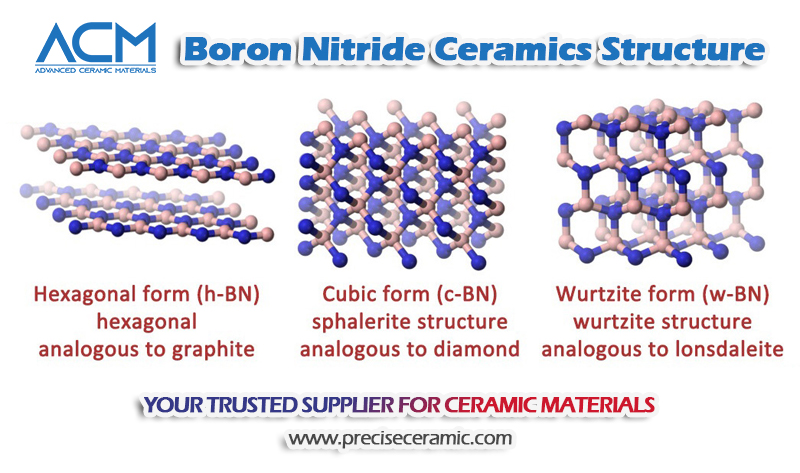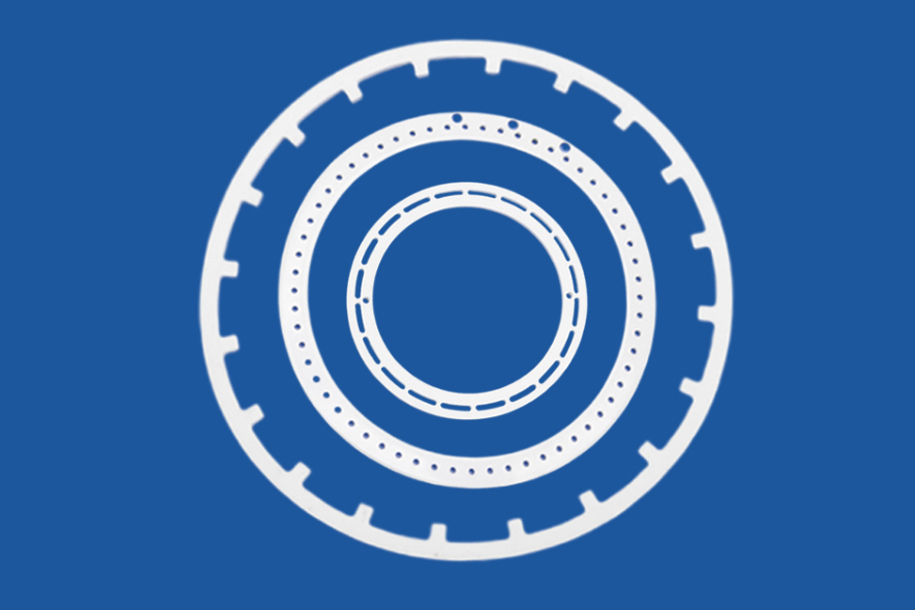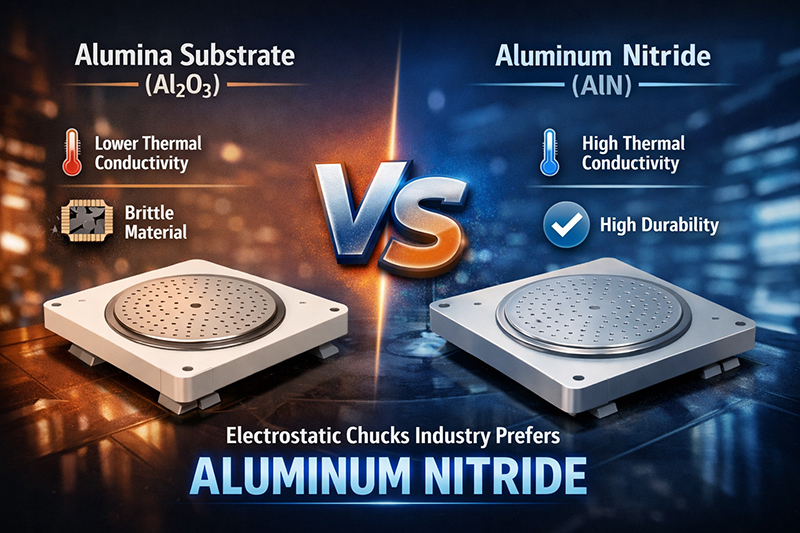Wurtzite Boron Nitride - A Simple Guide
In the realm of advanced materials, Wurtzite Boron Nitride (w-BN) captivates researchers with its unique properties. Join us on a journey to uncover the simplicity of w-BN and explore its significance across scientific domains.
Understanding Wurtzite Boron Nitride
Wurtzite Boron Nitride, commonly known as w-BN, stands out as a crystalline structure within the boron nitride family. It features a hexagonal lattice, similar to graphene, with boron and nitrogen atoms forming a strong honeycomb pattern. This distinctive atomic arrangement grants w-BN exceptional properties, distinguishing it from other forms of boron nitride.

Other Types of Boron Nitride
Boron nitride exists in various structural forms, each with its distinct characteristics. Apart from w-BN, two other common types are Hexagonal Boron Nitride (h-BN) and Cubic Boron Nitride (c-BN).
- Hexagonal Boron Nitride (h-BN): This form shares a similar hexagonal lattice structure with w-BN but differs in the arrangement of boron and nitrogen atoms. Both exhibit excellent heat conduction and electrical insulation, but h-BN finds frequent use as a lubricant due to its slippery nature.
- Cubic Boron Nitride (c-BN): In contrast, c-BN adopts a cubic crystal structure, similar to diamond. This structure results in exceptional hardness, making c-BN second only to diamond in hardness. It finds applications in cutting tools, grinding wheels, and abrasives.
Further Reading: Hexagonal Boron Nitride VS. Cubic Boron Nitride
Comparison of Boron Nitride Types
To provide a clear overview, let's present a comparison table highlighting the key properties of Wurtzite Boron Nitride (w-BN), Hexagonal Boron Nitride (h-BN), and Cubic Boron Nitride (c-BN):
| Property | Wurtzite BN (w-BN) | Hexagonal BN (h-BN) | Cubic BN (c-BN) |
|---|---|---|---|
| Crystal Structure | Hexagonal | Hexagonal | Cubic |
| Mechanical Properties | Robust Mechanical Strength | Slippery Nature | Exceptional Hardness |
| Thermal Conductivity | Efficient Heat Transfer | Good Thermal Conductivity | High Thermal Conductivity |
| Electrical Insulation | Good Electrical Insulator | Electrical Insulator | Electrical Insulator |
| Applications | Electronics, Thermal Management | Lubrication, Insulation | Cutting Tools, Abrasives |
Advantages of Wurtzite Boron Nitride
Wurtzite Boron Nitride (w-BN) stands out in various aspects, making it a versatile material with applications in multiple domains. Let's delve into the specific advantages that make w-BN a remarkable choice.

Optical Prowess:
One of the most striking features of Wurtzite Boron Nitride is its exceptional optical transparency. The wide bandgap inherent in w-BN allows it to facilitate the passage of light. This property is particularly advantageous in applications that demand transparency in both ultraviolet and visible light ranges. The transparency of w-BN opens up possibilities for its uses in a variety of optical applications, such as:
- Optoelectronic Devices: The optical transparency of w-BN makes it well-suited for optoelectronic devices, where the efficient transmission of light is crucial.
- Transparent Coatings: W-BN can be employed in transparent coatings, offering a protective layer while maintaining clarity.
- Optical Sensors: Its transparency makes w-BN suitable for optical sensors, enhancing their sensitivity and accuracy.
Efficient Heat Transfer:
Wurtzite Boron Nitride distinguishes itself as an efficient thermal conductor. This characteristic is primarily attributed to its hexagonal lattice structure, which facilitates effective heat transfer. The implications of w-BN's efficient heat transfer extend to various applications, including:
- Electronic Devices: In the realm of electronic devices, where heat dissipation is a critical factor, w-BN can be employed to enhance thermal management. Its ability to efficiently conduct heat helps prevent overheating and ensures the stable operation of electronic components.
- Thermal Management Systems: W-BN is valuable in advanced thermal management systems, contributing to the effective dissipation of heat in environments where temperature control is paramount.
- Energy Storage Devices: The efficient heat transfer property of w-BN is advantageous in energy storage devices, contributing to their overall performance and longevity.
Mechanical Strength:
The hexagonal lattice structure of Wurtzite Boron Nitride plays a pivotal role in imparting robust mechanical strength to the material. This mechanical strength, comparable to graphene, enables w-BN to endure mechanical stress and maintain stability across diverse environments. The applications benefiting from w-BN's mechanical strength include:
- Structural Components: In various industries, w-BN can be utilized for structural components that require resilience to mechanical stress. This includes components in aerospace, automotive, and manufacturing.
- High-Stress Environments: W-BN's mechanical strength makes it suitable for applications in high-stress environments, ensuring the reliability and durability of materials in challenging conditions.
- Enhanced Stability: Whether used in experimental setups or as a component in devices, w-BN's mechanical strength contributes to the overall stability and longevity of the material.
Applications in Electronics:
Electronics:
Transparent Conductive Films: W-BN's optical transparency and electrical insulation properties make it a crucial material for transparent conductive films. These films are essential components in electronic displays, touchscreens, and optoelectronic devices, combining transparency with electrical conductivity.
Thermal Management in Electronics:
Efficient Heat Dissipation: W-BN's efficient thermal conductivity is a key asset in electronic devices. It is used to enhance thermal management, preventing overheating and ensuring the reliable and stable operation of electronic components. This application is critical for maintaining the performance and longevity of electronic devices.
Optoelectronics:
Optical Sensors: W-BN's optical transparency contributes to its use in optical sensors. These sensors, leveraging the material's transparency, find applications in various industries, including environmental monitoring and medical diagnostics. W-BN's role in optoelectronics extends to the development of photonic devices.
High-Temperature Insulation:
Industrial Furnaces and Kilns: W-BN's excellent thermal stability and insulating properties make it indispensable for high-temperature insulation. It is utilized in industrial furnaces, kilns, and other processes that involve extreme temperatures. The material's ability to withstand and insulate against high temperatures is crucial in such applications.
Aerospace and Automotive Structural Components:
Durable Structural Components: W-BN's robust mechanical strength makes it a valuable material for structural components in the aerospace and automotive industries. It is used in components that require durability and resilience to mechanical stress, contributing to the overall strength and reliability of structures.
Conclusion
In conclusion, Wurtzite Boron Nitride emerges as a versatile and promising compound in the realm of advanced materials. Its unique properties make it a captivating subject of research, offering potential applications in electronics, biomedicine, nanotechnology, and more.
As a leading supplier of advanced materials, including Wurtzite Boron Nitride, Advanced Ceramic Materials (ACM) welcomes inquiries about the potential applications of this remarkable material. Feel free to reach out for any assistance or to explore the perfect w-BN products for your research and applications.
{{item.content}}
LEVE A REPLY
{{item.children[0].content}}
{{item.content}}
LEAVE A REPLY
SUBSCRIBE OUR NEWSLETTER
- AlN Ceramic Substrates: Enabling Next-Gen Electrostatic Chucks
- The Amor of Semiconductor Tools: Why High-Purity Al2O3 & AlN Are Preferred for Plasma Process Chambers
- Silicon Carbide - Ultra-High Temperature Ceramics for Extreme Environments
- Aluminum Oxide Ceramics: Properties and Applications
- Boron Nitride Coatings: The Solution for Molten Metal Applications










